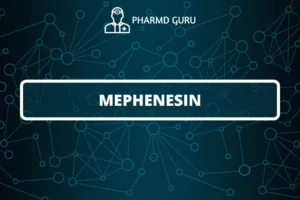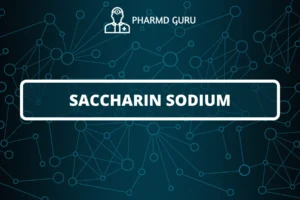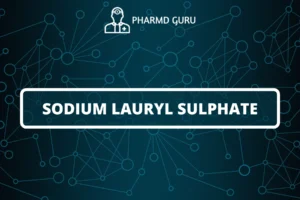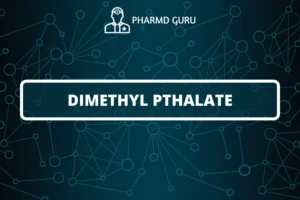Vanillin is a flavoring compound that is commonly used as a synthetic substitute for natural vanilla. It has a distinct vanilla-like aroma and is used in various food, beverage, and fragrance applications. Here’s some information on the preparation, test for purity, assay, and medicinal uses of vanillin:
SCROLL DOWN TO THE BOTTOM OF THIS PAGE FOR ACTUAL NOTES:
Preparation of Vanillin:
Vanillin can be prepared through several methods, including:
- Chemical synthesis: Vanillin is often synthesized from guaiacol, which is derived from lignin, a natural polymer found in wood. Guaiacol undergoes various chemical reactions, including oxidation, to produce vanillin.
- Fermentation: Vanillin can also be produced through microbial fermentation using specific strains of bacteria or yeast. The fermentation process typically involves the conversion of precursors, such as ferulic acid or eugenol, into vanillin.
Test for Purity of Vanillin:
Several tests can be conducted to assess the purity of vanillin, including the following:
- Melting point determination: The melting point of pure vanillin is around 81-83°C. A melting point analysis can be performed to check if the observed melting point matches the expected range.
- Thin-layer chromatography (TLC): TLC can be employed to evaluate the purity of vanillin by comparing the chromatogram of the sample with that of a known pure reference sample.
- High-performance liquid chromatography (HPLC): HPLC analysis can be performed to determine the impurity profile and quantify any impurities present in the vanillin sample.
Assay of Vanillin:
An assay is performed to determine the concentration or purity of vanillin in a given sample. The assay method for vanillin generally involves spectroscopic techniques, such as UV-visible spectroscopy, which utilizes the absorption properties of vanillin at specific wavelengths.
Medicinal Uses of Vanillin:
Vanillin primarily finds its applications as a flavoring agent in the food and beverage industry. It is widely used to impart a vanilla flavor to various products, including baked goods, confectionery, ice cream, beverages, and more. Vanillin is also used in the fragrance industry to create vanilla-scented perfumes, soaps, and candles.
While vanillin is primarily used for its flavoring and aromatic properties, it is not commonly used for direct medicinal purposes. Its applications are predominantly related to sensory experiences in food, beverages, and fragrances.
ACTUAL NOTES:
PATH: PHARMD/PHARMD NOTES/ PHARMD FIRST YEAR NOTES/ ORGANIC CHEMISTRY/ PHARMACEUTICAL ORGANIC CHEMISTRY/ VANILLIN.




